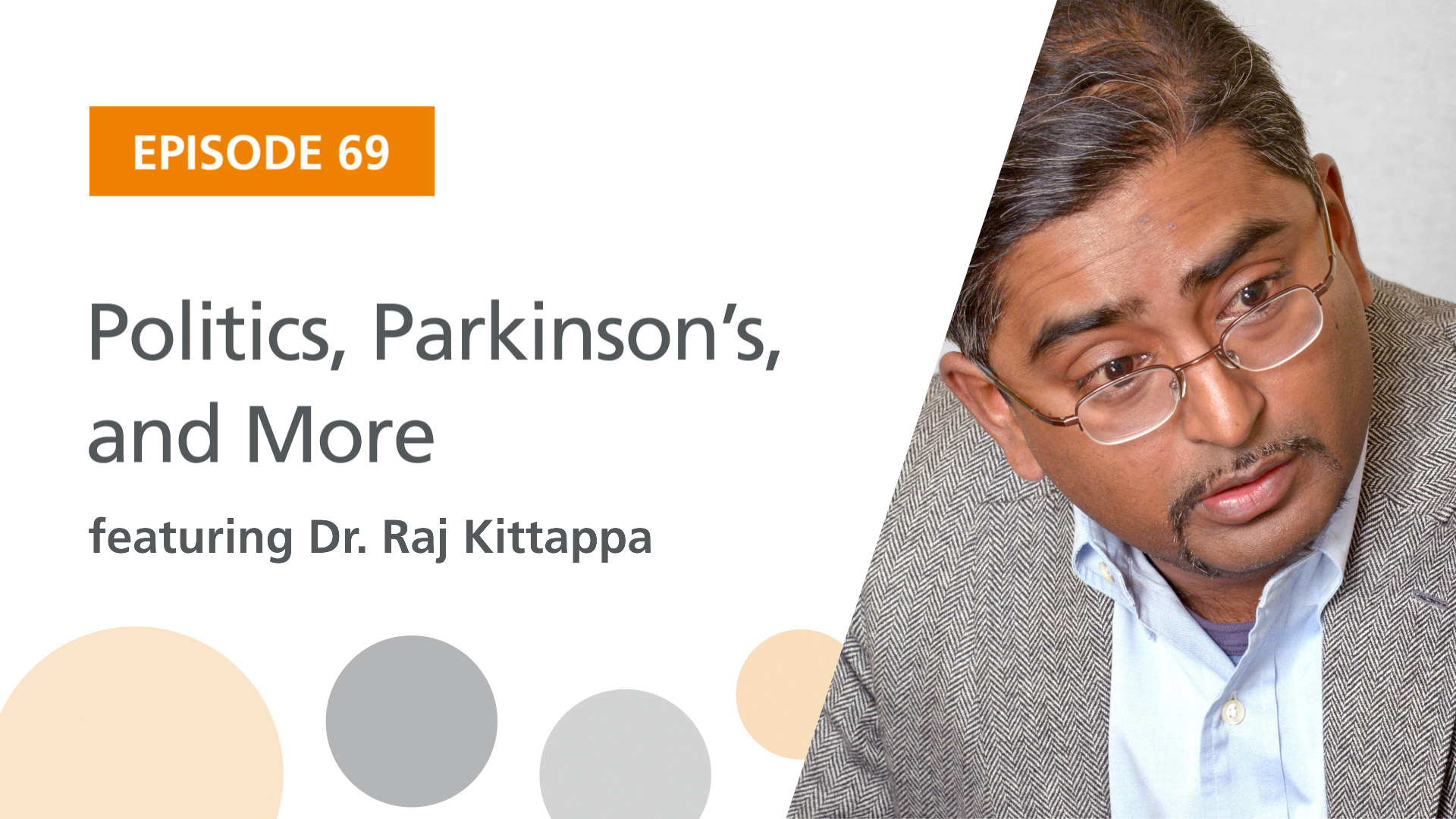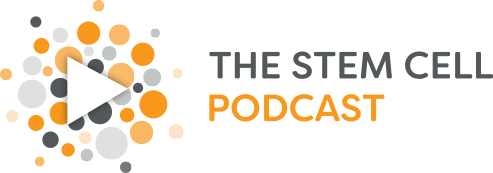
Podcast: Play in new window
Guest:
Stem cell researcher and politician Dr. Raj Kittappa to discuss his political expertise as well as his latest research endeavors with stem cells and Parkinson’s disease.
Resources and Links
Wine Being Made 6300 Years Ago – Researchers have uncorked the oldest solid evidence of grape-based wine making in Europe, and possibly the world, at a site in northern Greece using a new method of analyzing the chemicals in liquids absorbed by clay containers.
Scientists Have Gained Insight to Why Mitochondrial DNA Is Passed Down to Children by Their Mothers — But Not Their Fathers – DNA inside energy-producing organelles called mitochondria is destroyed in a dad’s sperm shortly after it fertilizes an egg.
A New Cause of Lyme Disease – This article reveals that a new species of bacteria is causing Lyme disease, adding to worries that the infection will continue its relentless escalation across the United States.
Functional Coupling with Cardiac Muscle Promotes Maturation of hPSC-Derived Sympathetic Neurons – Researchers derive sympathetic neurons from human pluripotent stem cells (hPSCs) and show that they can form physical and functional connections with cardiac muscle cells.
In Vivo Tracking of Human Hematopoiesis Reveals Patterns of Clonal Dynamics during Early and Steady-State Reconstitution Phases – Scientists discovered that in vitro-manipulated hematopoietic stem/progenitor cells retain the ability to return to latency after transplant and can be physiologically reactivated, sustaining a stable hematopoietic output.
Derivation of Diverse Hormone-Releasing Pituitary Cells from Human Pluripotent Stem Cells – This article presents a simple and efficient strategy to derive human pituitary lineages from human pluripotent stem cells using monolayer culture conditions suitable for cell manufacturing.
Retinoic Acid Is Sufficient for the In Vitro Induction of Mouse Spermatocytes – Researchers report that retinoic acid is sufficient for inducing leptotene/zygotene spermatocytes from cultured mouse spermatogonial stem cells.
Photo Reference: Courtesy of Dr. Raj Kittappa

